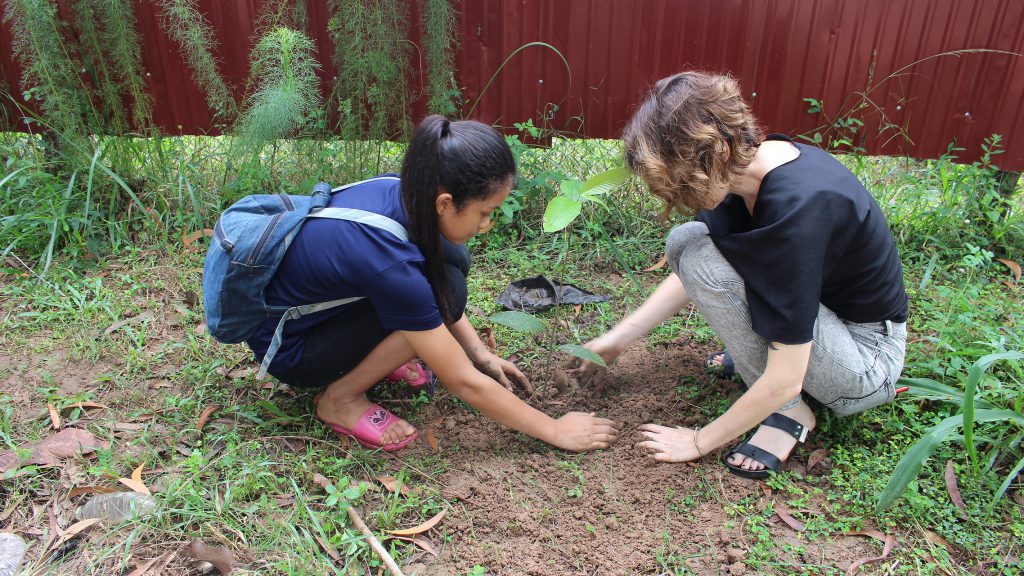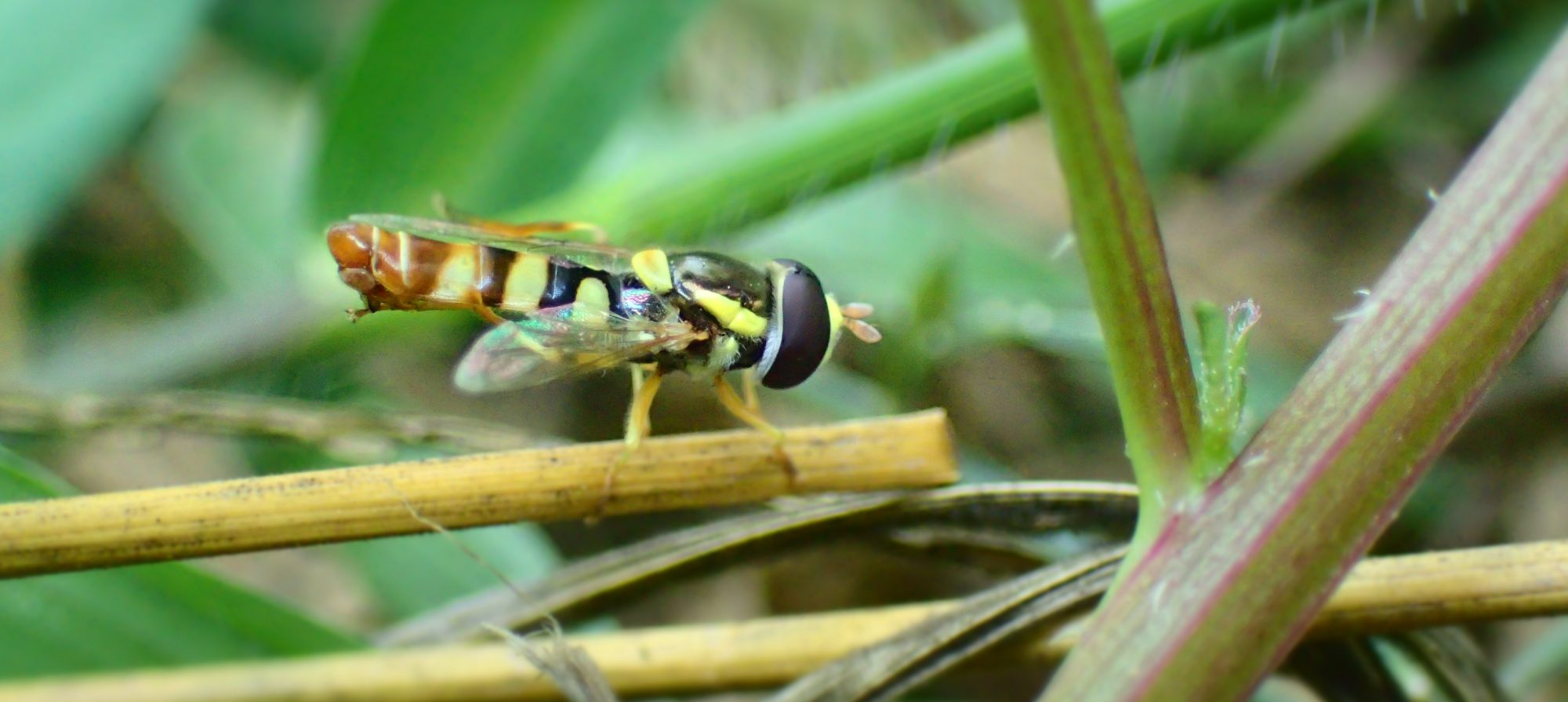Khmer Rouge was the Exploration where we were learning about our history, the Khmer Rouge regime. In this exploration we had learned about the Khmer Rouge leaders and how the revolution started. To gain our knowledge and understanding about the revolution we went to Anlong Veng, Oddar Meanchey province and War museum in Siem province. The experience at the museum was very intense. There were so many different types of weapon including guns, artillery, helicopter, bombs, mines that come in many different size, shapes and capability. Moreover, our team interviewed the victims and former soldier that survived the regime. The data from the interview surprised me. It turns out that people in Anlong Veng district really like one of the revolution leaders, Ta Mok who was known as the butcher. They told me that Ta Mok is a nice man who always gives them all he has. Not even that they also added that Ta Mok redeem after the revolution had failed by building schools, hospital, roads and bringing back the culture and religion by logging woods for money. This district also had loose rules during the regime which other province doesn’t have at that time. After interviewing the people we went to visit Ta Mok’s house. His house was very big. It was filled with the painting of the Cambodia’s beautiful landscape, the temple and the map. It seems like he really liked art and the Cambodian culture. After this exploration I had a lot of questions that were impossible to answer.
My favorite quote from the trip is
“Last time they plant mine, this time we plant tree”. Our team got to plant trees at the War Remnant museum. I also came up with a quote after the studies

I also came up with a quote after the studies;
“We can’t turn back time to change the past and make it better today and learning about it doesn’t make any different, but we can use it as experience to help us choose a better path for our country”




